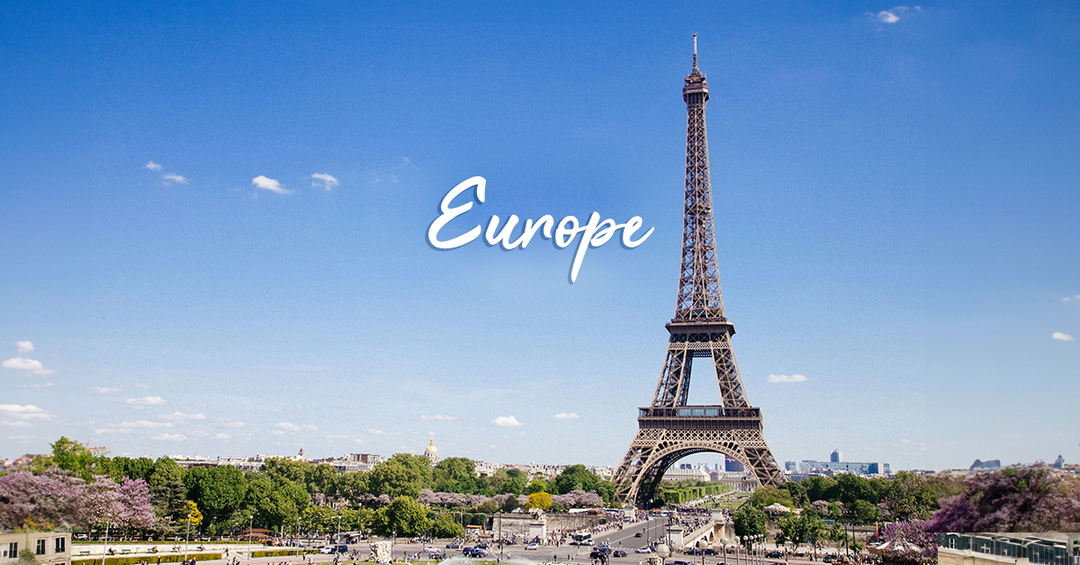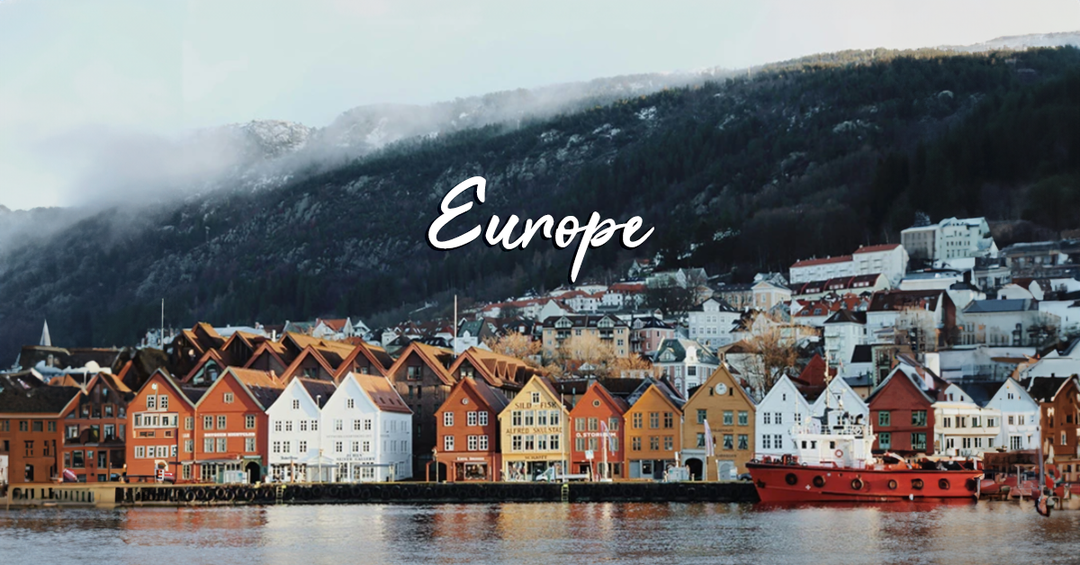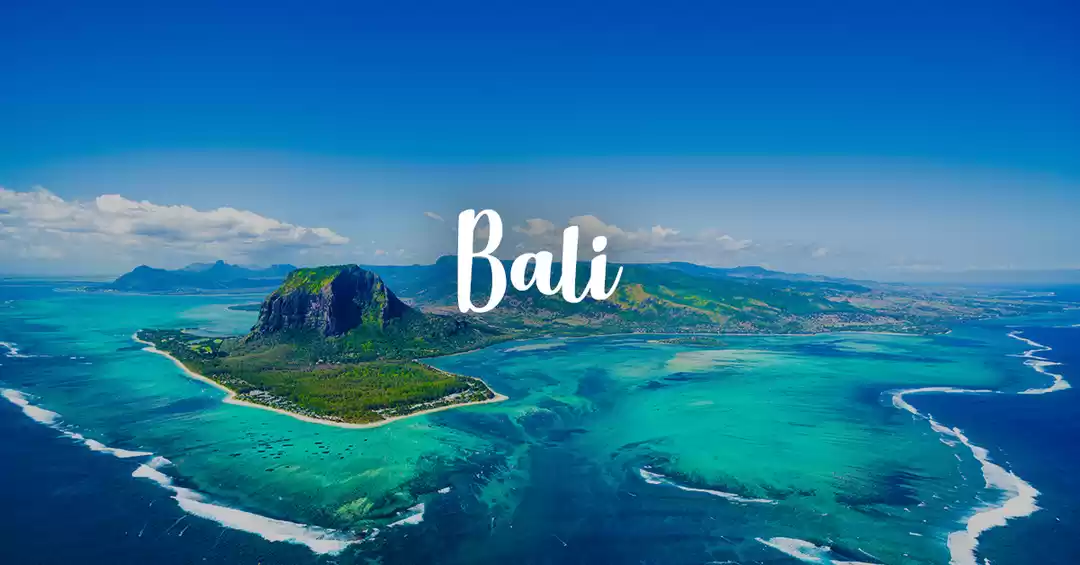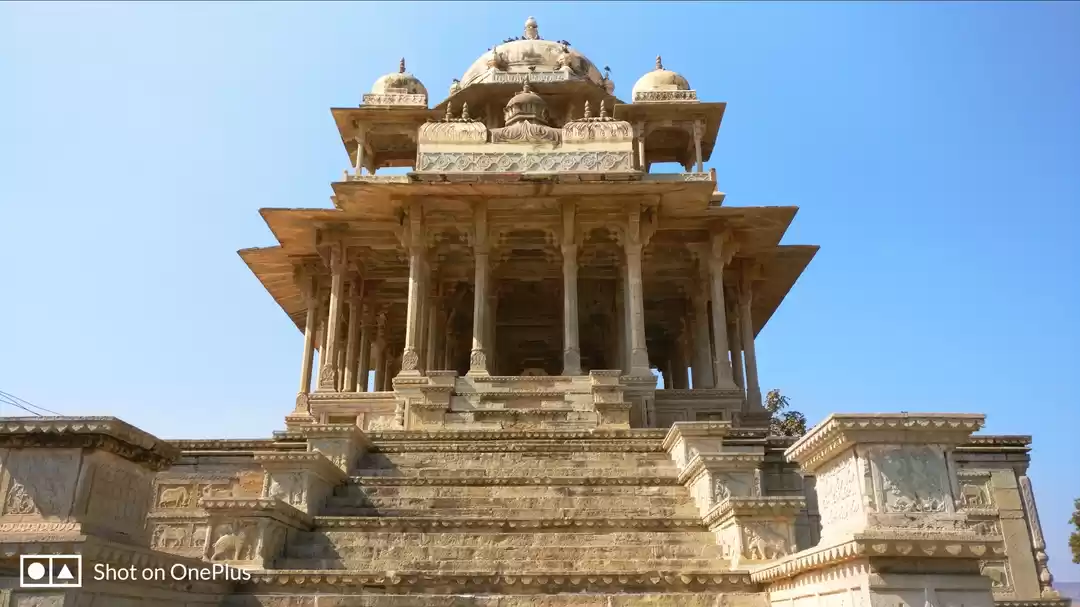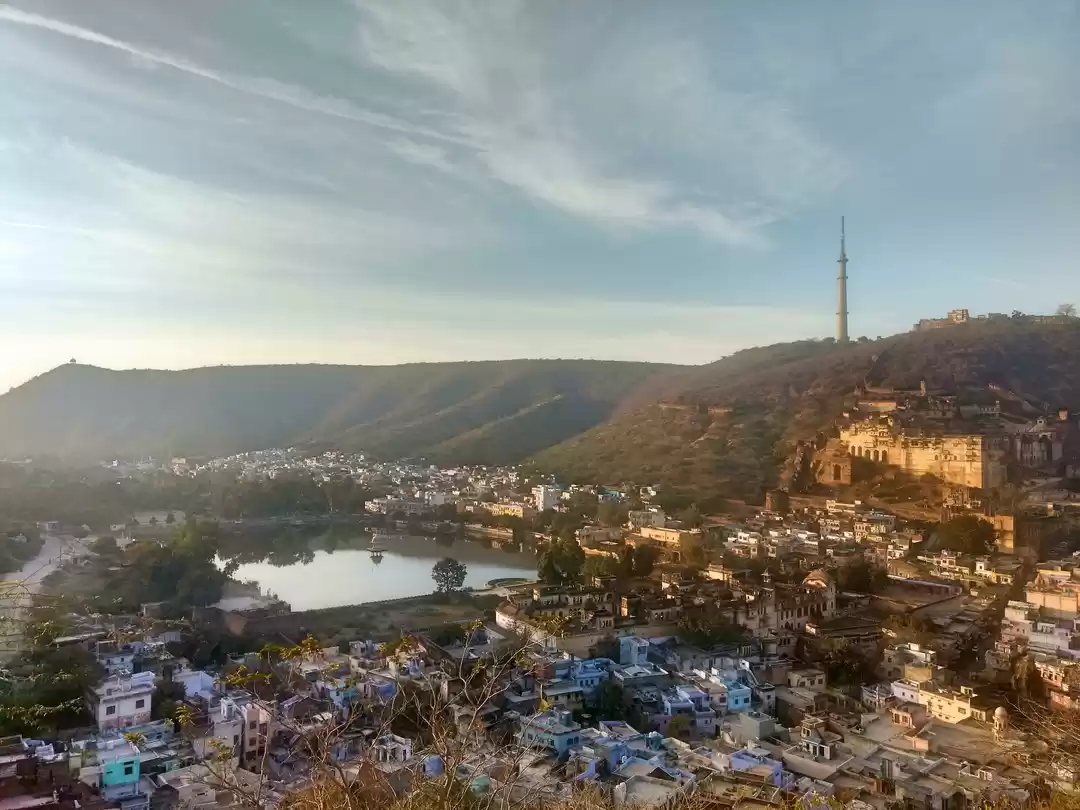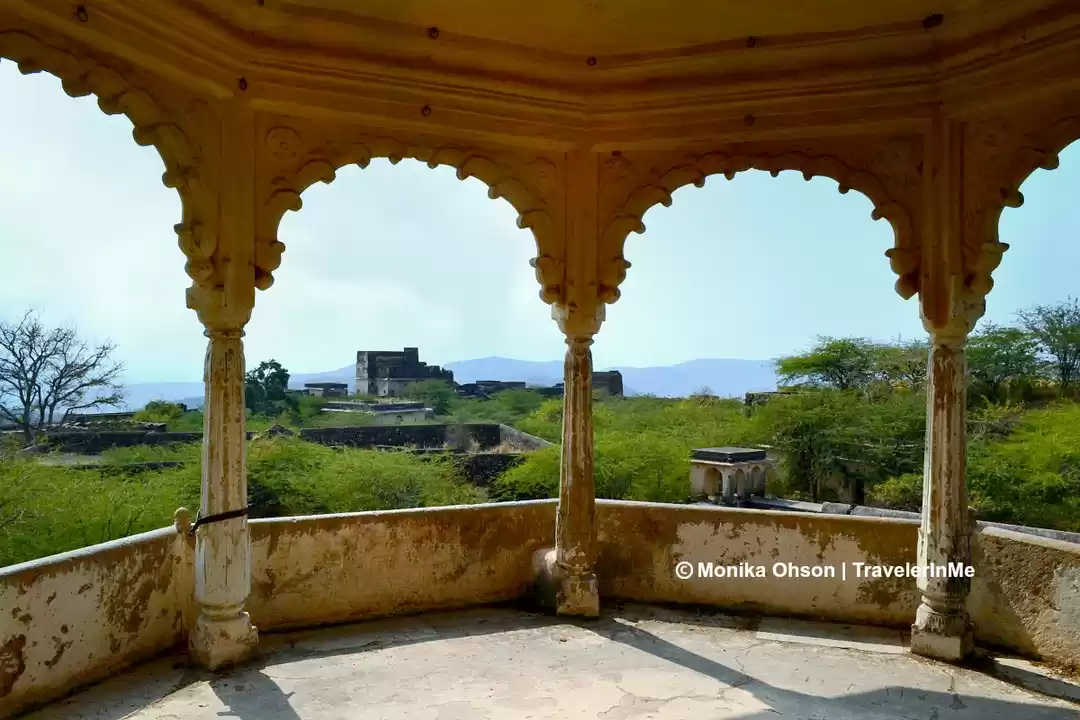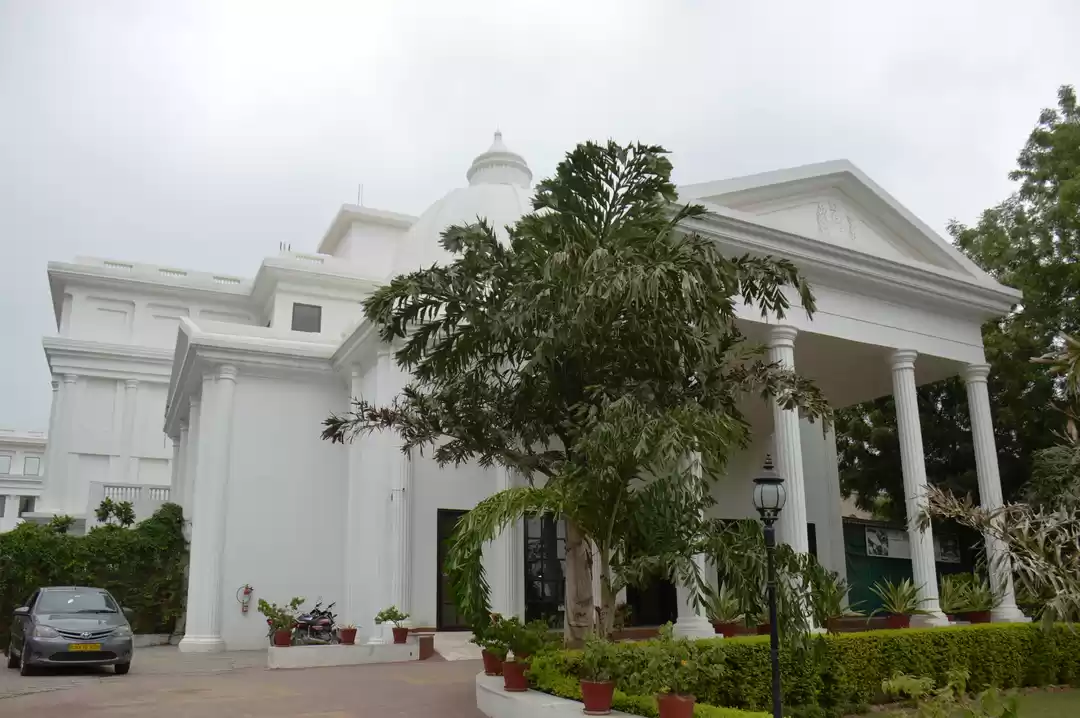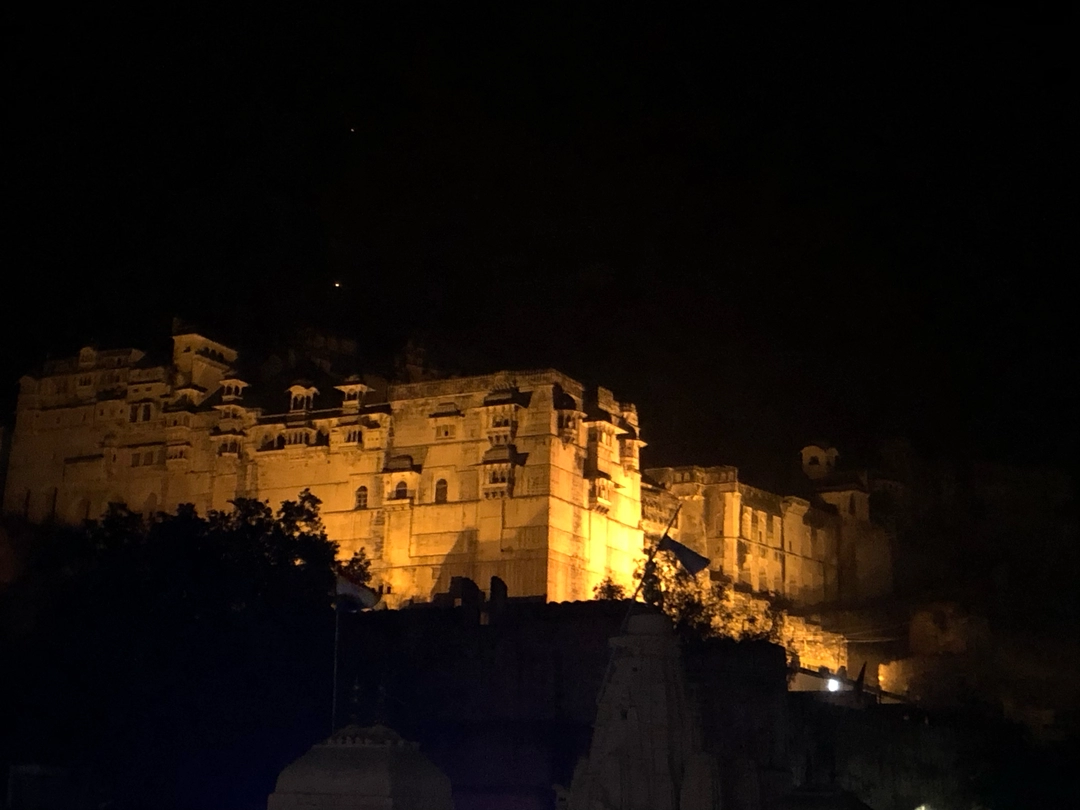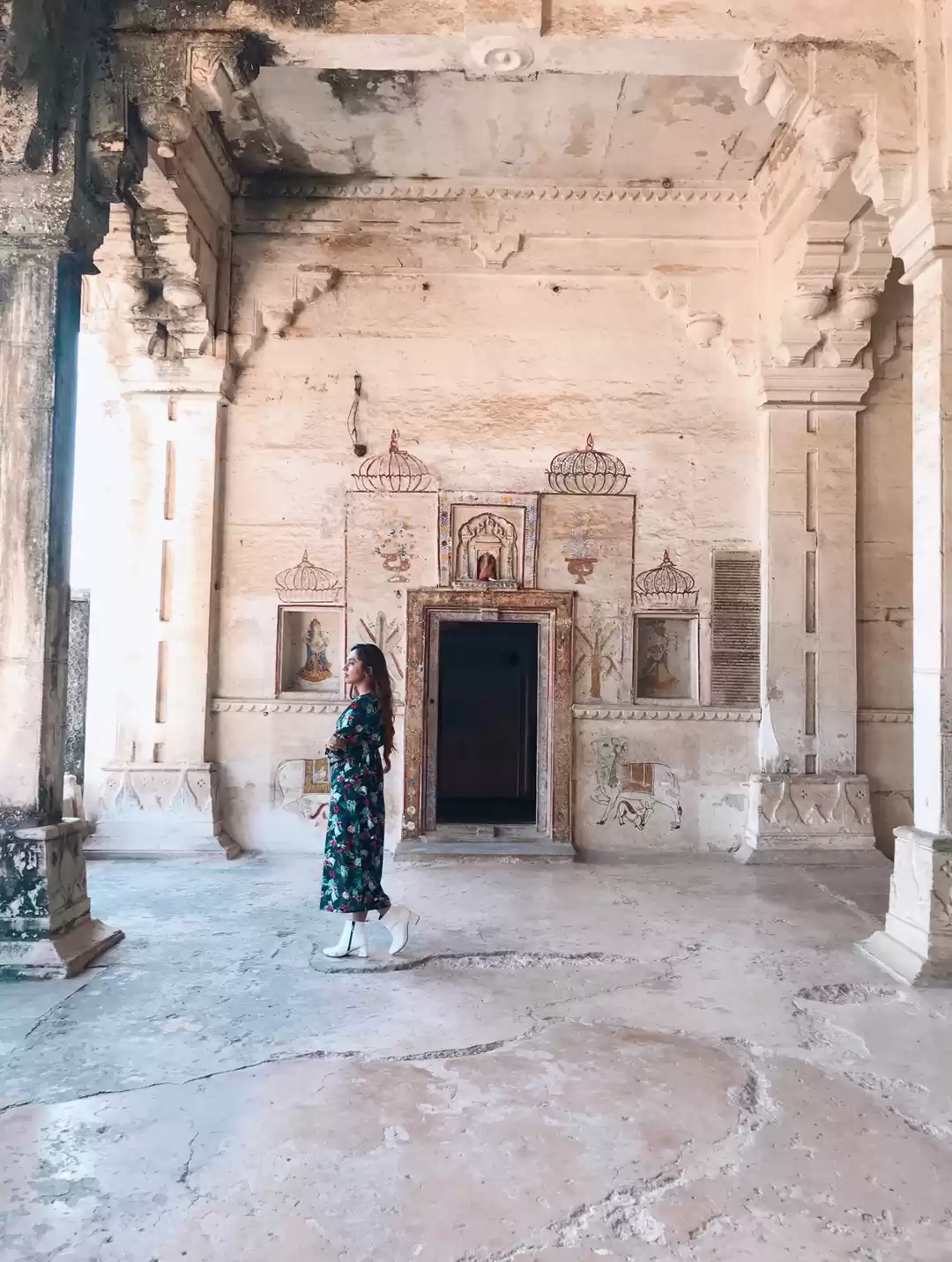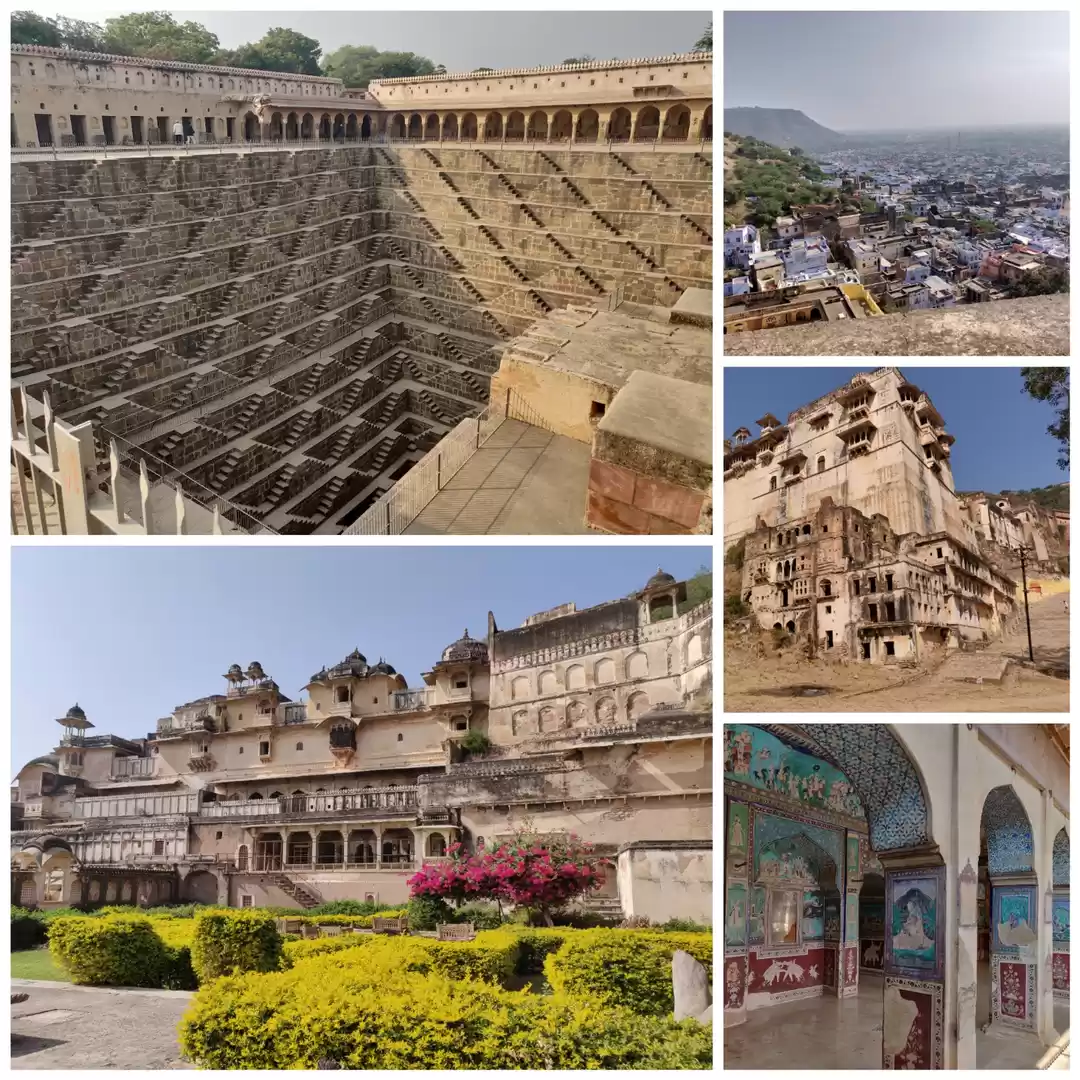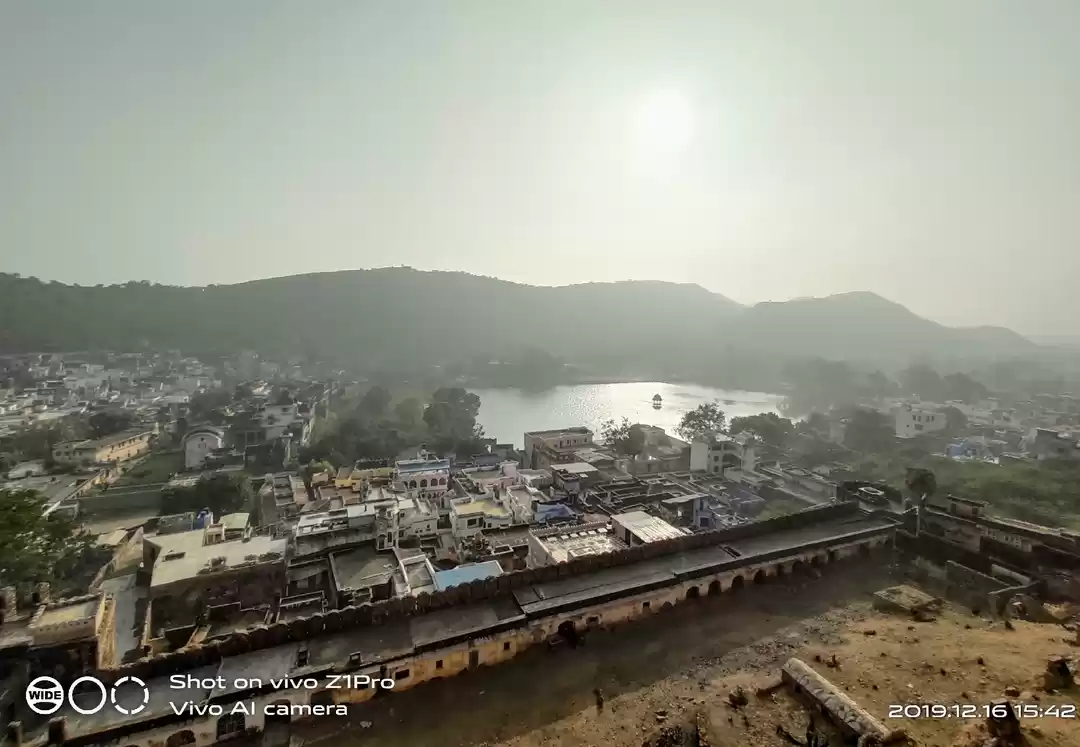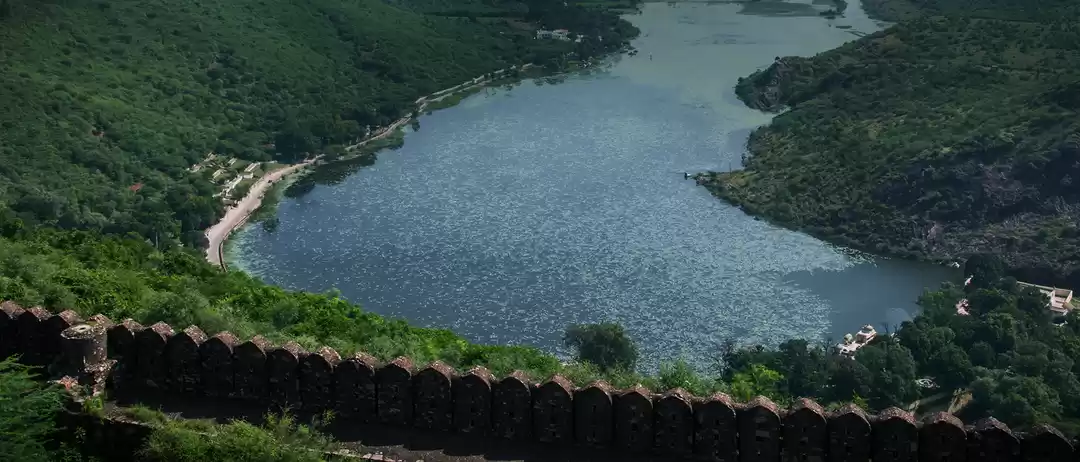Bundi BUNDI FORT THE CITY OF STEPWELLS It is popularly believed that Nobel laureate Rudyard Kipling penned part of his famous novel ‘Kim’ in Bundi. In fact, so impressed was he by the place, that this is what he wrote about the Bundi palace: ‘Jaipur Palace may be called the Versailles of India … Jodhpur’s House of strife, gray towers on red rock, is the work of giants, but the Palace of Bundi, even in broad daylight, is such a palace as men build for themselves in uneasy dreams – the work of goblins rather than of men.’ Bundi is a magnificent town located around 36 kilometres from Kota. Dotted with palaces and forts, the place has a fairy tale quality about it. Bundi’s charm lies in its location –surrounded by orchards of orange, guava, pomegranate and mango trees, flanked by the Aravalli range and rivers and lined by fields of cotton, barley and wheat. Situated far from the crowds, it is the simple rural folk that lend Bundi its allure. Bundi was once ruled by the Hada Chauhans. Many historians claim that it was once the capital of the great Hadoti Kingdom, which was renowned for its art and sculpture. However, in 1624, Kota separated and became an independent state and this marked the beginning of the downfall of Bundi. Whether that may be, Bundi still retains its charismatic medieval grandeur. And just like Jodhpur and Rajput, the architecture of Bundi also possesses a noticeable bluish hue, designed to keep houses cool during hot summer, in the intricately carved brackets and pillars. ATTRACTIONS & PLACES TO VISIT AND EXPLORE IN BUNDI TAB 2ARROW TAB 1ARROW TAB 3ARROW Come explore the wonders and sites that Bundi has to offer. There’s always something to see in Rajasthan. SUKH MAHAL Sukh Mahal, a small, two-storied palace was a summer retreat of past rulers. Today, it is quite famous for being the place where Kipling wrote ‘Kim’. Many credit the palace as a having played muse to the renowned novel. In fact, part of a movie based on the novel was even shot here. KSHAR BAG Located near the Chhatra Vilas Garden, Kshar Bag, sometimes known as Saar Bagh, houses the memorial cenotaphs of the royal family of the Bundi state. It is located on the Shikar Burgh Jait Sagar Road. RANIJI KI BAORI Raniji ki Baori, also known as 'Queen's Stepwell', is a famous stepwell built in 1699 by Rani Nathavati Ji, the younger queen of the ruling king Rao Raja Anirudh Singh of Bundi. This multi-storied stepwell displays excellent carvings of Gajraj with his trunk turned inwards, giving the impression of having drunk from the baori on its pillars. Its high arched gate gives it an inviting appearance. EXPLORE DABHAI KUND Shaped like an inverted pyramid, the Dabhai Kund, also known as Jail Kund, is the largest of its kind in Bundi. The fantastic carvings on the steps that lead to the water alone are reason enough to warrant a visit. NAGAR SAGAR KUND Located outside the Chauhan Gate, the Nagar Sagar Kund, a set of twin step wells, was constructed to provide water during times of famine. TARAGARH FORT Built in 1345, Taragarh is one of the most impressive structures in Bundi. While it may be a bit ramshackle and strewn with overgrown vegetation, the palace grounds are a great place for a leisurely stroll. With its curved roofs topping pavilions, excess of temple columns and elephant and lotus motifs, the palace is a tribute to Rajput style. 84 PILLARED CENOTAPH As the name suggests, the 84 Pillared Cenotaph is a structure supported by 84 columns. Commissioned by Rao Anirudh, the Maharaja of Bundi, this cenotaph is a tribute to his beloved wet nurse, Deva, who he loved dearly. A popular tourist attraction, this impressive structure is decorated with carvings of deer, elephants and apsaras. LAKE JAIT SAGAR Located close to the Taragarh Fort, this picturesque lake is surrounded by hills and covered with pretty lotus flowers that bloom during winter and monsoon. LAKE NAWAL SAGAR Nawal Sagar Lake is an artificial lake that is a major tourist attraction and can even be seen from the Taragarh Fort. There is a half-submerged temple dedicated to Lord Varun Dev in its centre. What makes the lake unique is that one can see the reflection of nearby palaces and forts in its waters. LAKE KANAK SAGAR About 67 kilometres from the town of Bundi lies this wonderful flat lake. There is also a town named after the lake. One can spot several migratory birds here such as bar headed goose and Demoille cranes all through the year. RAMGARH VISHDHARI SANCTUARY Ramgarh Vishdhari Wildlife Sanctuary is located 45 kilometres from Bundi on the Bundi-Nainwa road. Covering an area of 252 sq. km., this sanctuary is home to a variety of flora and fauna. Established in 1982, it forms a buffer for Ranthambore National Park. The best time to visit is between September and May. PHOOL SAGAR A personal property of the descendants of the royal family, this artificial lake gets its name from the palace on its banks. This palace houses an exclusive collection of paintings created by Italian prisoners. Beautiful gardens surround it and the lake. Make sure you obtain special permissions required to explore the palace and its grounds. GARH PALACE BUNDI The Garh Palace in Bundi is counted among the largest palaces in India, even if it is a little less known. Inside, the palace is a collection a number of palaces that were built by different rulers over the span of 3 centuries. Garh Palace is known for its Rajput architecture, which is easily noticeable in the jharokhas and pillars, many of which sport elephant carvings. Some of the famous palaces here include Chhatra Mahal, Phool Mahal and Badal Mahal, but one of the most famous ones has to be the Chitrashala, which has a fascinating pavilion and gallery of miniature murals. The palace is open to visitors from 8.00 am in the morning till 5.00 pm in the evening. There is a small entry fee that has to be paid, and one has the option to hire a guide who can take you through the stories and history of this beautiful palace. BADAL MAHAL The Badal Mahal, also known as the Palace of Clouds, is located within the Garh Palace. The majestic palace’s walls are covered in exquisite paintings which are engaging in their mien, and depict an early influence of the Chinese culture. The royal residence was built in two diverse time periods. In the first stage, the verandah and ground floor was built by Maharawal Gopinath, and the rest of the construction was done in 1609 – 1657 AD by Marahawal Punjraj. Made of Dawra stone, all three arches of the Mahal sport one half-ready lotus, with the longest vault of the Mahal having three half-ready lotuses. When visiting the Mahal, you get entrancing views of the inside and outside of the fortifications, making the palace a must-visit destination in Bundi. HATHI POLE The steep climb to the Garh Palace in Bundi ends at two main gates that are used for entrance. Of these two gates, the most popular is the Hathi Pole. This gate is a huge architectural feat that evokes a sense of grandeur. The gate has two elephants depicting blowing bugles, and was commissioned by Rao Ratan Singh. Marking the entrance of the Garh Palace, the Hathi Pole forms a major point of attraction in Bundi. CHHATR PALACE The Chhatr Palace in Bundi was once a spectacular garden palace that teemed with numerous fountains as well as pools that housed exotic fish. Chhatr means painting, and this palace’s name stems from the beautiful murals that adorn its walls. In older times, during the 18 th century, Bundi was a beehive for miniatures, and miniature paintings were highly encouraged. From gods and goddesses, battle scenes, and elephants to images of Radha and Krishna, these paintings depict a special delicacy that is known only in the region. There’s also a Chitrashala in the Chhatr Palace that was made under orders from Umed Singh. Being the innermost chamber of the Palace, sunlight and moisture hasn’t affected the paintings here, making the art glow with the originality of their painters. In its totality, the walls and ceilings of the Chhatr Palace form a dramatic panaroma that is always worth a visit. SHIKAR BURJ Shikar Burj happens to be one of the more well-known tourist destinations located in the city of Bundi. The Shikar Burj is actually an old hunting cottage that was built and owned by the rulers of Bundi, and is located at a little distance from Sukh Mahal. Shikar Burj is nestled amidst the sun dappled forests of Bundi and was the place to which Umed Singh, the ruler of Bundi in the 18th century, withdrew to after he had renounced the throne. Near Sarbagh, Shikar Burj has now been converted into a popular picnic spot and is a great place to spend an evening, relaxing after a day of sightseeing. HOW TO REACH HERE The nearest airport is Sanganer Airport in Jaipur which is about 206 kms away. Buses to Bundi are available at regular intervals from Ajmer, Bijolia, Bikaner, Chittorgarh, Jaipur, Jodhpur, Kota, Sawai Madhopur and Udaipur. The railway station is located about 4 kilometres south of the old city. There are railway connections between Bundi and Chittorgarh.
Like
Save
Share
Copy Link
Like
Save
Share
Copy Link

























